 St Eustace, prior to his conversion to Christianity, was a Roman general named Placidus, who served the Emperor Trajan. While hunting a stag in Tivoli near Rome, Placidus saw a vision of our Lord on the Cross between the stag's antlers. He was converted, had himself and his family baptized, and changed his name to Eustachius (Eustace - meaning "good fortune" or "fruitful"). A series of calamities followed to test his faith: his wealth was stolen; his servants died of a plague; when the family took a sea voyage, the ship's captain kidnapped Eustace's wife; and as Eustace crossed a river with his two sons, the children were taken away by a wolf and a lion. Like Job, Eustace lamented but did not lose his faith. He was then quickly restored to his former prestige and reunited with his family; but when he demonstrated his new faith by refusing to make a pagan sacrifice, the pagan Roman Emperor, Hadrian, condemned Eustace, his wife, and his sons to be roasted to death inside a bronze statue of a bull or an ox, in the year AD 118.
St Eustace, prior to his conversion to Christianity, was a Roman general named Placidus, who served the Emperor Trajan. While hunting a stag in Tivoli near Rome, Placidus saw a vision of our Lord on the Cross between the stag's antlers. He was converted, had himself and his family baptized, and changed his name to Eustachius (Eustace - meaning "good fortune" or "fruitful"). A series of calamities followed to test his faith: his wealth was stolen; his servants died of a plague; when the family took a sea voyage, the ship's captain kidnapped Eustace's wife; and as Eustace crossed a river with his two sons, the children were taken away by a wolf and a lion. Like Job, Eustace lamented but did not lose his faith. He was then quickly restored to his former prestige and reunited with his family; but when he demonstrated his new faith by refusing to make a pagan sacrifice, the pagan Roman Emperor, Hadrian, condemned Eustace, his wife, and his sons to be roasted to death inside a bronze statue of a bull or an ox, in the year AD 118.St Eustace became known as a patron saint of hunters, and also of anyone facing adversity; he was traditionally included among the Fourteen Holy Helpers.
His Feast Day is 20 September.
He is one of the patron saints of Madrid, Spain. Scenes from the story, especially Eustace kneeling before the stag, became a popular subject of medieval religious art. Early artistic depictions of the legend include a wall painting at Canterbury Cathedral and stained glass windows at the Cathedral of Chartres. There is a Church of Saint Eustace in Paris, and the island of Sint Eustatius in the Netherlands Antilles is named after him.
St Hubert or Saint Hubertus (born c. 656 to 658, probably in Toulouse; died 30 May, 727 or 728 in Tervuren near Brussels, Belgium), called the "Apostle of the Ardennes" was the first Bishop of Liège. Hubertus is another patron saint of hunters, but also of mathematicians, opticians and metalworkers, and used to be invoked to cure rabies. Saint Hubert was widely venerated in the Middle Ages. The iconography of his legend is associated with the legend of St Eustace.
As a youth, Hubert was sent to the Neustrian court of Theuderic III at Paris, where his charm and agreeable address led to his investment with the dignity of "count of the palace". Like all nobles of the time, Hubert loved the pleasures of "the chase" i.e. hunting.
Meanwhile, the tyrannical conduct of Ebroin, mayor of the Neustrian palace, caused a general emigration of the nobles and others to the court of Austrasia at Metz. Hubert soon followed them and was warmly welcomed by Pippin of Heristal, mayor of the palace, who created him almost immediately grand-master of the household. About this time (682) Hubert married Floribanne, daughter of Dagobert, Count of Leuven, a great and suitable match. Their son Floribert would later become bishop of Liège.
Unfortunately, his wife died giving birth to their son, and Hubert retreated from the court, withdrew into the forested Ardennes, and gave himself up entirely to hunting. But a great spiritual revolution was imminent. On Good Friday morning, when the faithful were crowding the churches, Hubert sallied forth to the chase. As he was pursuing a magnificent stag or hart, the animal turned and, as the story narrates, he was astounded at perceiving a crucifix standing between its antlers, while he heard a voice saying: "Hubert, unless thou turnest to the Lord, and leadest an holy life, thou shalt quickly go down into hell".
Hubert dismounted, prostrated himself and said, "Lord, what wouldst Thou have me do?" He received the answer, "Go and seek Lambert, and he will instruct you".
Hubert set out immediately for Maastricht, for there Lambert was bishop. Saint Lambert received Hubert kindly, and became his spiritual director. Hubert now renounced all his very considerable honours, and gave up his birthright to Aquitaine to his younger brother Odo, whom he made guardian of his infant son, Floribert. Having distributed all his personal wealth among the poor, he studied for the priesthood, was soon ordained, and shortly afterwards became one of St. Lambert's chief associates in the administration of his diocese.
By the advice of St. Lambert, Hubert made a pilgrimage to Rome in 708, but during his absence, Lambert was assassinated by the followers of Pippin. According to the hagiographies of Hubert, this act was simultaneously revealed to the Pope in a vision, together with an injunction to appoint Hubert Bishop of Maastricht.
He distributed his episcopal revenues among the poor, was diligent in fasting and prayer, and became famous for his eloquence in the pulpit. In 720, in obedience to a vision, Hubert translated St. Lambert's remains from Maastrict to Liège with great pomp and ceremonial, several neighbouring bishops assisting. A basilica for the relics was built upon the site of St Lambert's martyrdom, and was made a cathedral the following year, the see being removed from Maastricht to Liège, then only a small village. This laid the foundation of the future greatness of Liège, of which Saint Lambert is honoured as patron, and Saint Hubert as founder and first bishop. Hubert actively evangelised among the pagans in the extensive Ardennes forests and in Brabant.
Hubert died peacefully in Fura, Brabant, 30 May, 727 or 728. He was first buried in the collegiate church of St. Peter, Liège, but his bones were exhumed and translated to the Benedictine Abbey of Amdain ("Andagium", in French "Andage", the present-day Saint-Hubert, Belgium) in the Ardennes in 825. The abbey became a focus for pilgrimages, until the coffin disappeared during the Reformation.
Saint Hubert was widely venerated in the Middle Ages and several military orders were named after him: the Bavarian, the Bohemian and that of the Archbishop Prince-Elector of Cologne.
His Feast Day is 3 November.
Sculptural depiction of the miracle of the stag of St Hubert at the Chateau d'Amboise
The unnatural and entirely artificial world of the Blairite secularists and bogus spiritualism has decreed that hunting shall be banned in the United Kingdom. They think that food comes out of refrigerators and not from nature, so febrile and plastic is their grip upon reality.
In fact, food grown in factory farms is the least healthy and food that has been chased in the wild is the most healthy. Man was meant by God to subdue nature and turn it to his use. But the atheists and secularists of "NuLayba" are in thrall to the animal liberationist loonies who seem to think that snails have souls and microbes have equal rights with rational human beings.
As G K Chesterton said, when man ceases to believe in God he does not them believe in nothing but rather in anything!
Indeed!
Sts Eustace and Hubert, pray for us and for our benighted government who have banned all hunting and think food is manufactured in supermarkets!
...







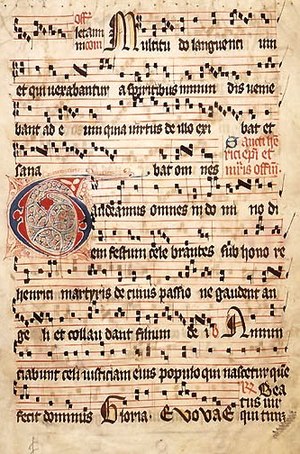

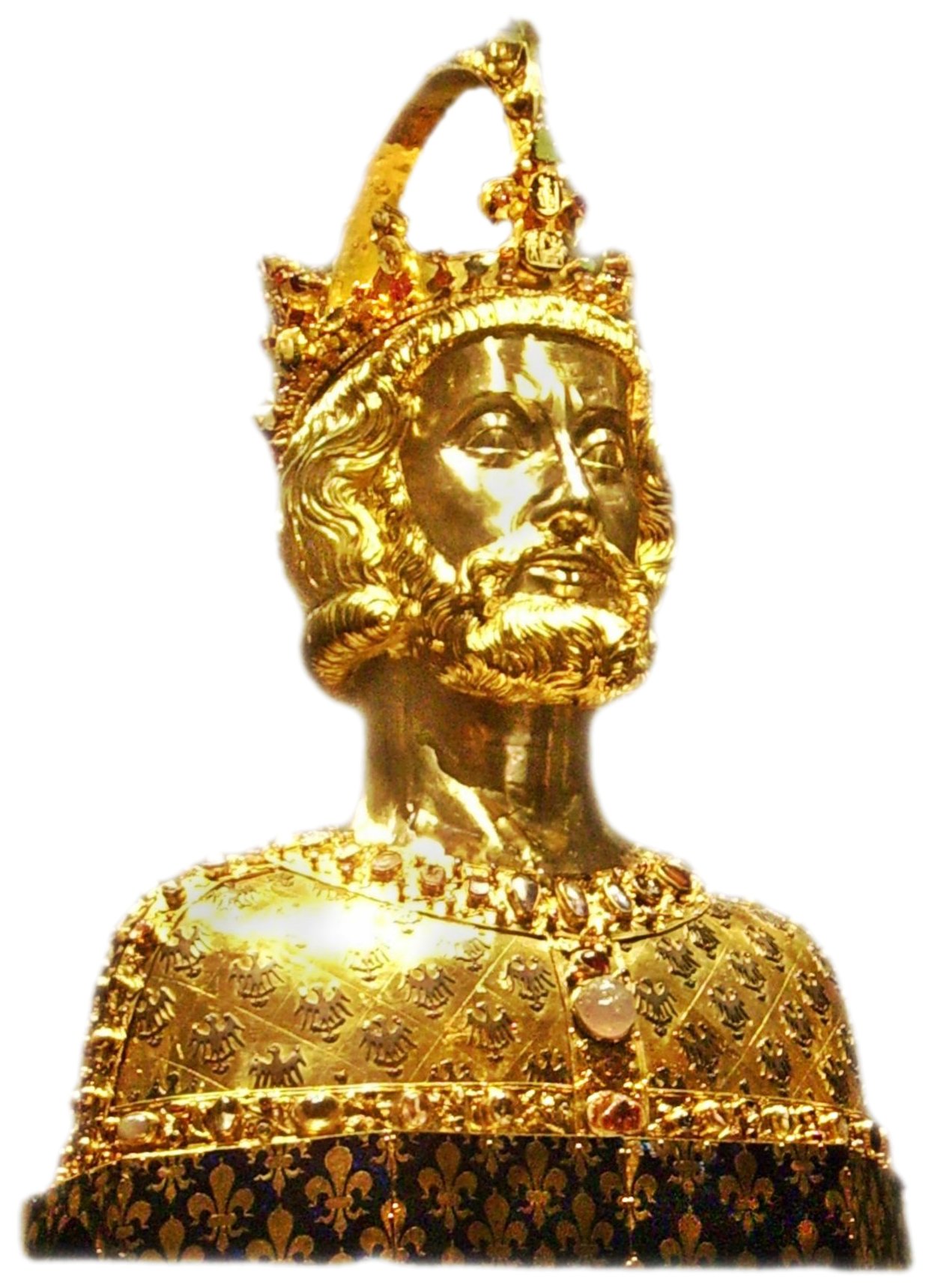



.jpg)


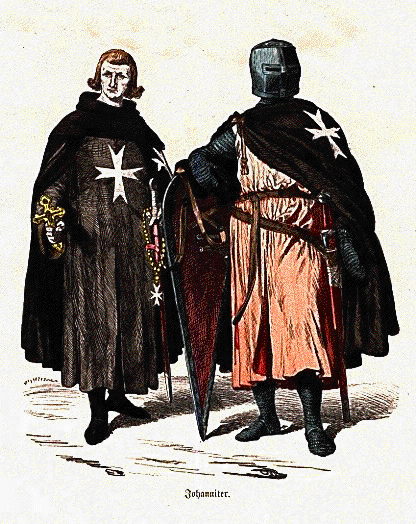

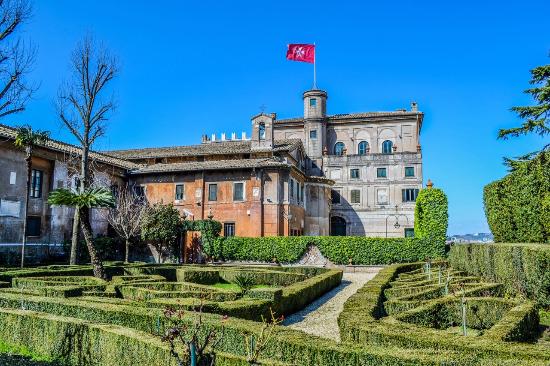


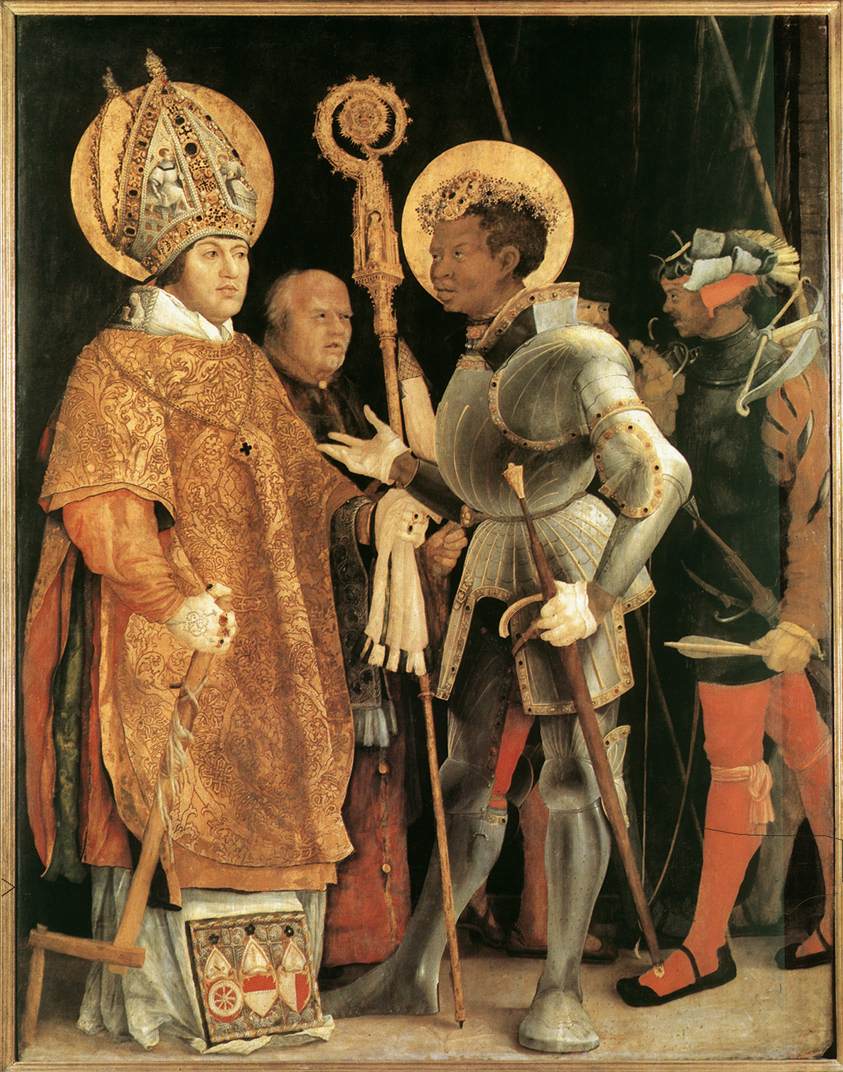
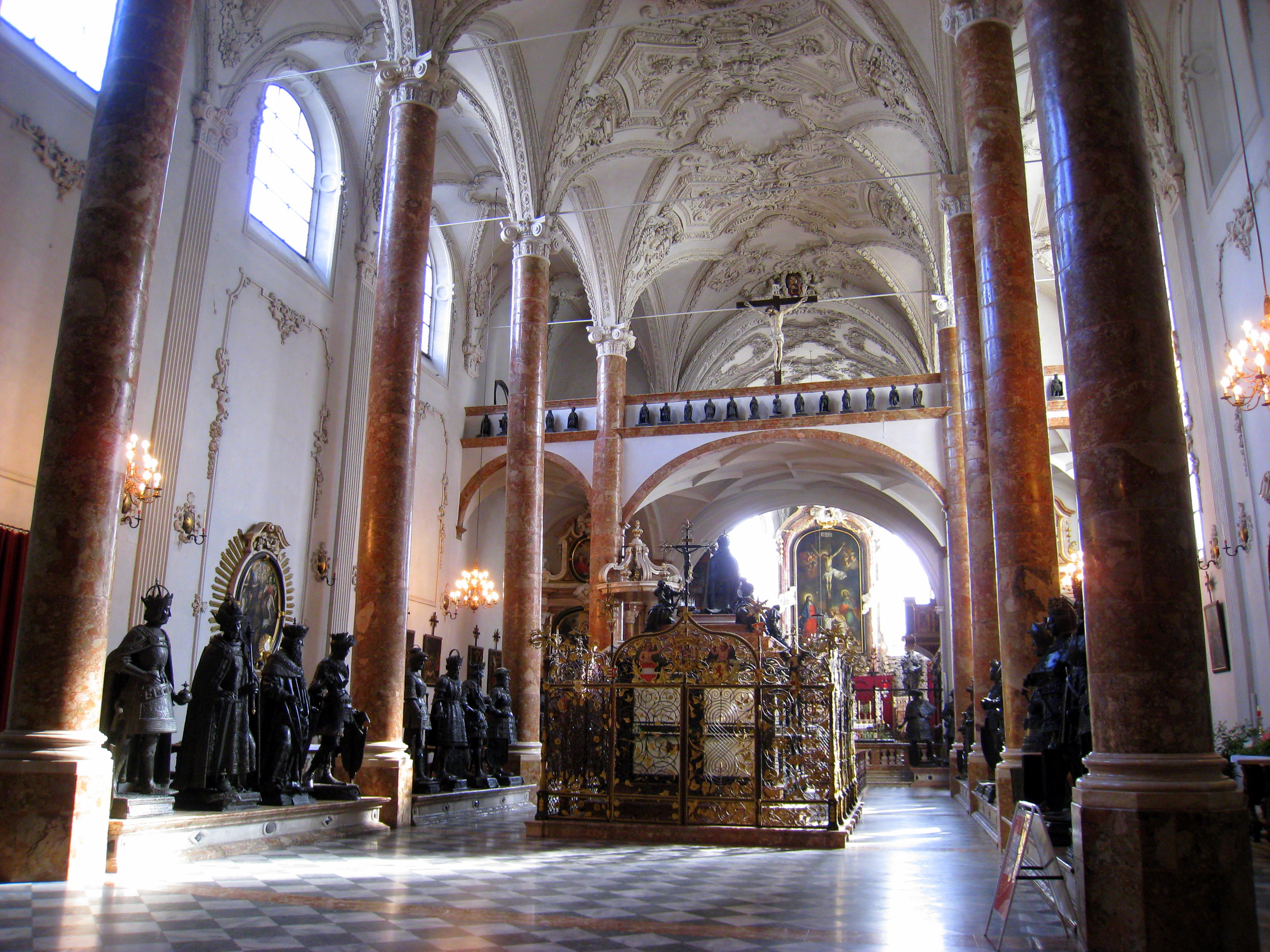


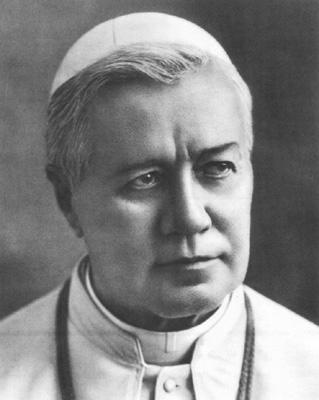






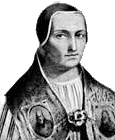







_-002.jpg/220px-Circle_of_Anton_Raphael_Mengs,_Henry_Benedict_Maria_Clement_Stuart,_Cardinal_York_(ca_1750)_-002.jpg)



2 comments:
They haven't banned all hunting yet: only hunting with hounds.
But they will, if they get the chance.
Too true!
Post a Comment